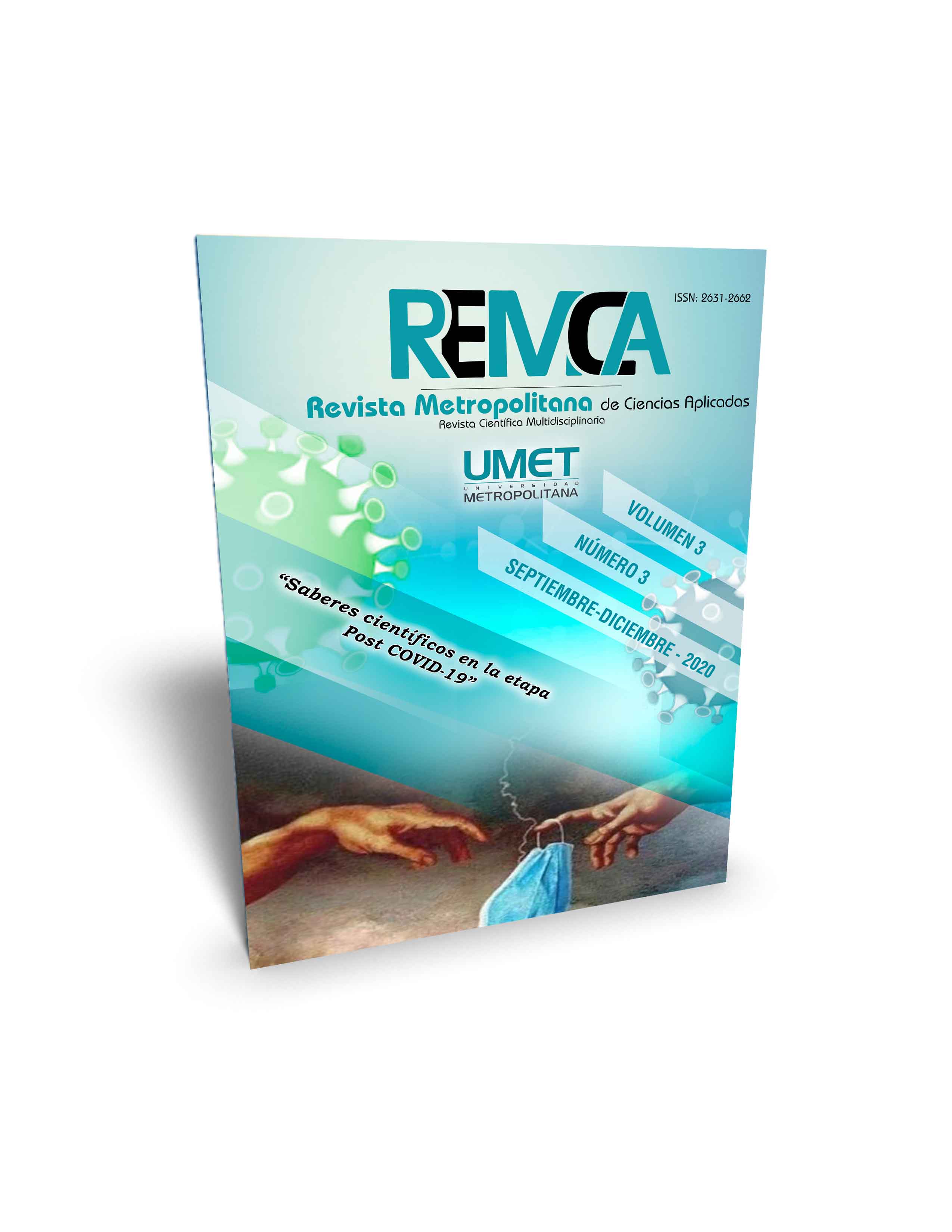Career-educational institution relationships in initial teacher training
DOI:
https://doi.org/10.62452/gykhch21Keywords:
Career-school relations, professional training, professional practiceAbstract
The university, based on its social responsibility, becomes a dynamic and complex institution that establishes relationships and interactions with the environment, which are necessary for inter-institutional development with different organizations, which allow it to establish alliances and action commitments from different scenarios. The relationship of the university with educational institutions, as part of teacher training, is significant, taking into account that both institutions share the social and educational function, which implies collaborative work. In this article, an analysis of the relationships between the University and educational institutions is shown, for the initial training of teachers, as a space for the development of the designed curriculum and teacher professional development, seeking a shared commitment and reciprocal benefit to ensure the satisfaction of mutual needs and interests
Downloads
References
Addine, F. (1999). Alternativa para la organización de la práctica laboral investigativa. (Tesis doctoral). Instituto Pedagógico Latinoamericano y Caribeño.
Aguilera, A., Mendoza, M., Racionero, S., & Soler, M. (2010). El papel de la universidad en Comunidades de aprendizajes. Revista Interuniversitaria de Formación del Profesorado, 24(1), 183-196.
Calzado, D. (2004). Modelo de formas de organización del proceso de Enseñanza aprendizaje en la formación inicial del profesor. Editorial Academia.
Correa Molina, E. (2015). La alternancia en la formación inicial docente: vía de profesionalización . Educar, 51(2), 259-75.
Domínguez, Y., & Rojas, A. L. (2018). (2018). La práctica profesional como espacio para la formación investigativa del docente. Revista Conrado, 14(65), 148-153.
Flecha, A., García, C., Gómez, J., & Latorre, A. (2009). Participación en escuelas de éxito: una investigación comunicativa del proyecto Includ-ed. Cultura y Educación, 21(2), 183-196.
García Garduño, J. M. (2006). Motivación y expectativas para ingresar a la carrera de profesor de educación primaria: Un estudio de tres generaciones de estudiantes normalistas mexicanos de primer ingreso. Revista Electrónica de Investigación Educativa, 8(2), 1-17.
Hermida, N. (2013). Las relaciones entre la carrera y la escuerla en el proceso de formación inicial. (Tesis doctoral). Universidad de Ciencias Pedagógicas Conrado Benítez García.
Mercado Maldonado, R. (2010). Un debate actual sobre la formación inicial de docentes en México. Revista Semestral da Associação Brasileira de Psicologia Escolar e Educacional, 14(1), 149-157.
Pino, J. D. (1998). La orientación profesional en la formación pedagógica; una propuesta desde un enfoque problematizador. (Tesis doctoral). ISP “Enrique José Varona”.
Ramírez Carpeño , E. (2015). Estudio comparado sobre formación de maestros en perspectiva supranacional: los casos de Alemania, Francia, Italia y España. Tendencias Pedagógicas, (25), 36-56.
Rojas Valladares, A. L. (2003). La formación vocacional hacia la carrera Licenciatura en Educación Preescolar: una propuesta pedagógica. (Tesis doctoral). Universidad de Cienfuegos.
Ruíz Flores Dueña, J. C. (2009). La vocación, el perfil de ingreso y la formación de nuevos docentes . http://www.upn011.edu.mx/publicaciones/revistas/UPNenlinea/0011.html
Vaillant, D. (2005). Formación docente en América Latina. Re-inventado el modelo tradicional. Octaedro.
Wilson, E. K. (2006). The impact of an alternative model of student teacher supervision: Views of the participants. Teaching and Teacher Education, (22), 22-31.
Downloads
Published
Issue
Section
License
Copyright (c) 2020 Yideira Domínguez Urdanivia, Adalia Lisett Rojas Valladares, Elizabeth Díaz Vera (Autor/a)

This work is licensed under a Creative Commons Attribution-NonCommercial-ShareAlike 4.0 International License.
Authors who publish in Revista Metropolitana de Ciencias Aplicadas (REMCA), agree to the following terms:
1. Copyright
Authors retain unrestricted copyright to their work. Authors grant the journal the right of first publication. To this end, they assign the journal non-exclusive exploitation rights (reproduction, distribution, public communication, and transformation). Authors may enter into additional agreements for the non-exclusive distribution of the version of the work published in the journal, provided that acknowledgment of its initial publication in this journal is given.
© The authors.
2. License
The articles are published in the journal under the Creative Commons Attribution-NonCommercial-ShareAlike 4.0 International License (CC BY-NC-SA 4.0). The terms can be found at: https://creativecommons.org/licenses/by-nc-sa/4.0/deed.en
This license allows:
- Sharing: Copying and redistributing the material in any medium or format.
- Adapting: Remixing, transforming, and building upon the material.
Under the following terms:
- Attribution: You must give appropriate credit, provide a link to the license, and indicate if any changes were made. You may do this in any reasonable manner, but not in any way that suggests the licensor endorses or sponsors your use.
- NonCommercial: You may not use the material for commercial purposes.
- ShareAlike: If you remix, transform, or build upon the material, you must distribute your creation under the same license as the original work.
There are no additional restrictions. You may not apply legal terms or technological measures that legally restrict others from doing anything the license permits.




